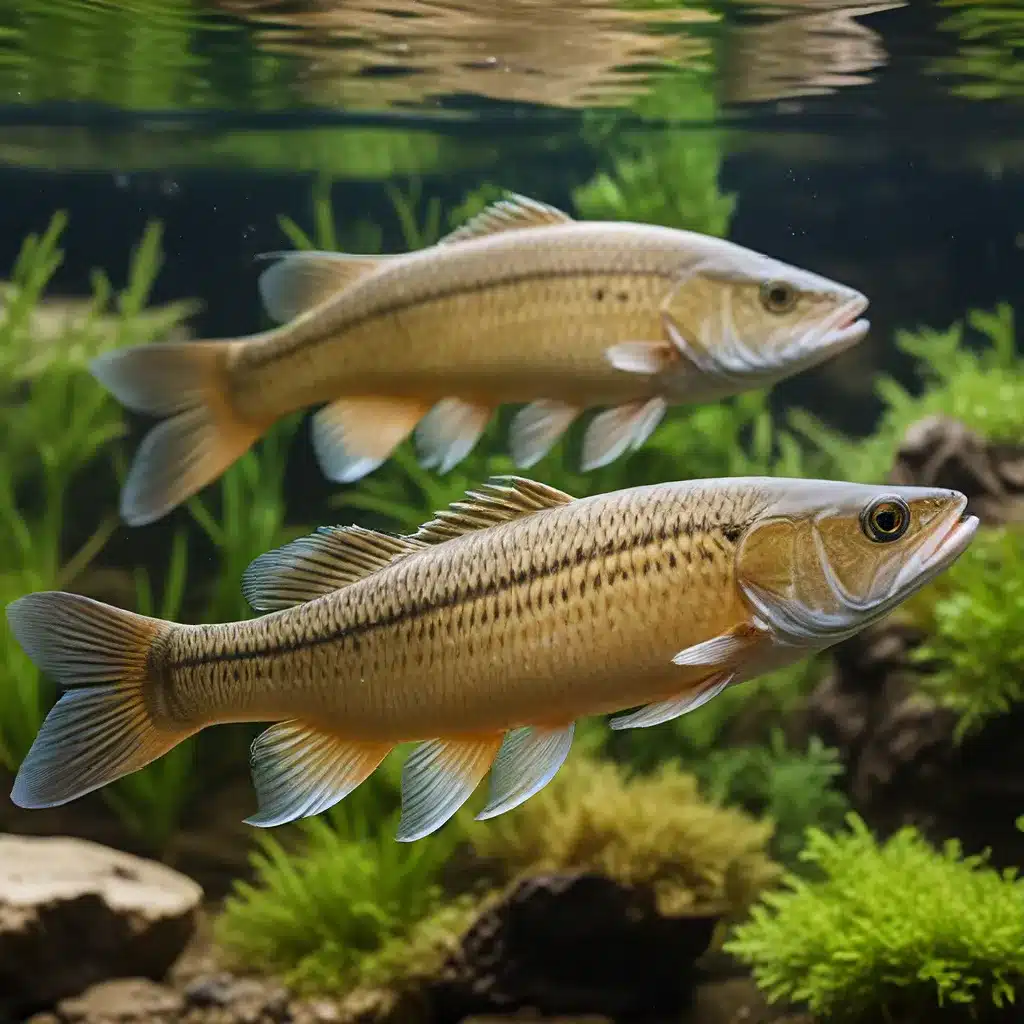
Navigating the Aquarium Hobby: Finding the Right Freshwater Fish
Embarking on the aquarium hobby can be an exciting and rewarding journey, but it can also be overwhelming, especially for beginners. With countless freshwater fish species to choose from, it’s crucial to make informed decisions that will ensure the long-term success and well-being of your aquatic inhabitants. In this comprehensive guide, we’ll explore the best freshwater fish species for beginners, delving into their care requirements, compatibility, and the essential elements of setting up a thriving aquarium.
Understanding the Basics: Compatibility and Water Parameters
When selecting freshwater fish for your aquarium, compatibility is a crucial factor to consider. Introducing species that are known to be aggressive or have vastly different environmental needs can lead to a stressful and potentially disastrous situation for your aquarium inhabitants. Beginners should focus on peaceful, community-oriented fish that can coexist harmoniously.
Equally important are the water parameters required by your chosen fish species. Factors such as pH, temperature, and water hardness can significantly impact the health and behavior of your aquatic pets. Researching the specific needs of each species and ensuring your aquarium water is properly conditioned is essential for creating a stable and thriving environment.
Beginner-Friendly Freshwater Fish Species
To help you navigate the vast array of freshwater fish options, we’ve compiled a list of some of the best choices for beginners:
-
Guppies: Known for their vibrant colors and active personalities, guppies are a popular choice for beginner aquarists. They are peaceful, hardy, and can thrive in a variety of tank sizes and setups.
-
Tetras: This schooling fish family includes several beginner-friendly species, such as neon tetras, cardinal tetras, and rummy-nose tetras. Tetras are colorful, social, and relatively easy to care for.
-
Corydoras Catfish: Affectionately known as “cories,” these bottom-dwelling catfish are excellent choices for beginners. They are peaceful, undemanding, and help maintain a clean substrate.
-
Platies: Platies are lively, peaceful, and prolific breeders, making them an excellent option for those new to the hobby. They come in a wide range of vibrant colors and patterns.
-
Mollies: Similar to platies, mollies are hardy, peaceful, and adaptable to various water conditions. They can thrive in both planted and non-planted aquariums.
-
Zebra Danios: These active, schooling fish are known for their distinctive striped patterns and are relatively easy to care for. They make a great addition to a community tank.
-
Dwarf Gouramis: Compact and charismatic, dwarf gouramis are a popular choice for smaller aquariums. They are generally peaceful and have unique behaviors that are fun to observe.
King Aquarium is a great resource for aquarists of all levels, offering a wide selection of high-quality freshwater fish and the necessary equipment to create a thriving aquatic ecosystem.
Establishing a Healthy Aquarium Environment
Maintaining a healthy aquarium environment is crucial for the long-term success and well-being of your freshwater fish. This involves:
-
Proper Aquarium Cycling: The nitrogen cycle is a critical process that establishes beneficial bacteria in your aquarium, breaking down waste and keeping water parameters stable. Patience and proper cycling are essential before introducing fish.
-
Adequate Filtration: Choosing the right filtration system for your aquarium size and stocking level is vital. Mechanical, biological, and chemical filtration work together to maintain water quality.
-
Appropriate Substrate and Decor: The substrate you choose, along with the addition of plants and decorative elements, can significantly impact the overall aesthetic and functionality of your aquarium.
-
Consistent Water Testing and Maintenance: Regular water testing and partial water changes are necessary to ensure your aquarium’s water parameters remain within the optimal ranges for your fish species.
By prioritizing these key aspects of aquarium care, you’ll be well on your way to creating a thriving, low-maintenance environment for your freshwater fish.
Sustainable Aquascaping Techniques
Aquascaping, the art of designing and arranging aquatic plants and hardscape elements, is a captivating aspect of the hobby that can greatly enhance the visual appeal of your aquarium. For beginners, focusing on low-maintenance, hardy plant species is a wise approach. Some excellent choices include:
-
Java Moss: A versatile, fast-growing moss that can be used to create lush, carpet-like displays or attached to décor.
-
Anubias: This slow-growing, hardy plant thrives in a variety of aquarium conditions and can be attached to driftwood or rocks.
-
Cryptocoryne: Known as “crypts,” these plants come in diverse leaf shapes and colors, and are relatively easy to care for.
-
Hornwort: A fast-growing, oxygenating plant that helps maintain water quality and provides shelter for fish.
Incorporating these low-maintenance aquatic plants, along with strategically placed driftwood, rocks, and other hardscape elements, can create a visually stunning and ecologically balanced aquarium environment.
Embracing the Joy of the Aquarium Hobby
Keeping a thriving freshwater aquarium is a rewarding and therapeutic hobby that can bring a sense of tranquility to your living space. By selecting the right fish species, establishing a healthy aquarium environment, and incorporating sustainable aquascaping techniques, you’ll be well on your way to a successful and enjoyable aquarium journey.
Remember, the aquarium hobby is a continuous learning experience, and with patience, dedication, and a willingness to adapt, you can create a vibrant underwater ecosystem that will captivate you and your guests for years to come. Explore the vast world of freshwater aquariums and discover the joy of keeping a thriving aquatic oasis in your own home.

